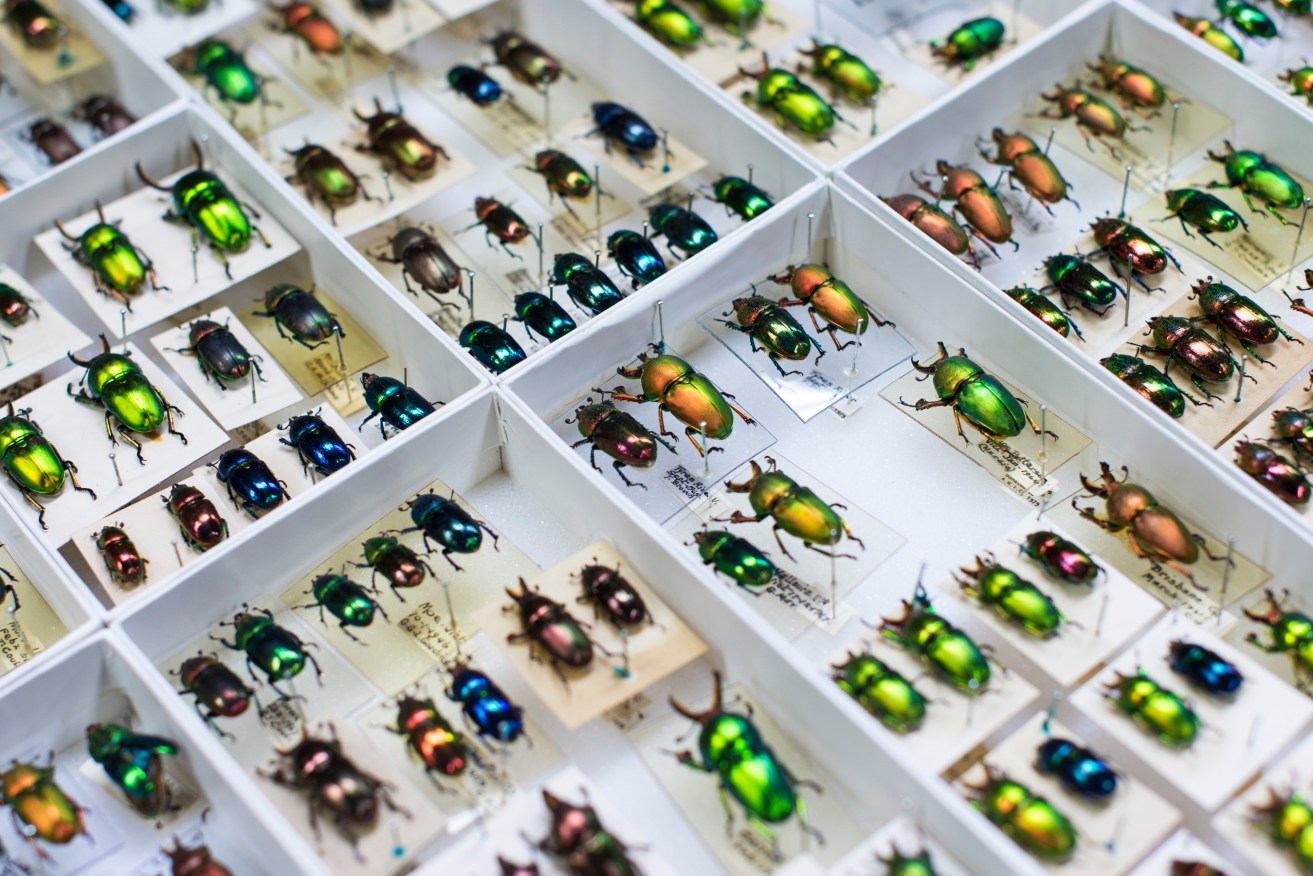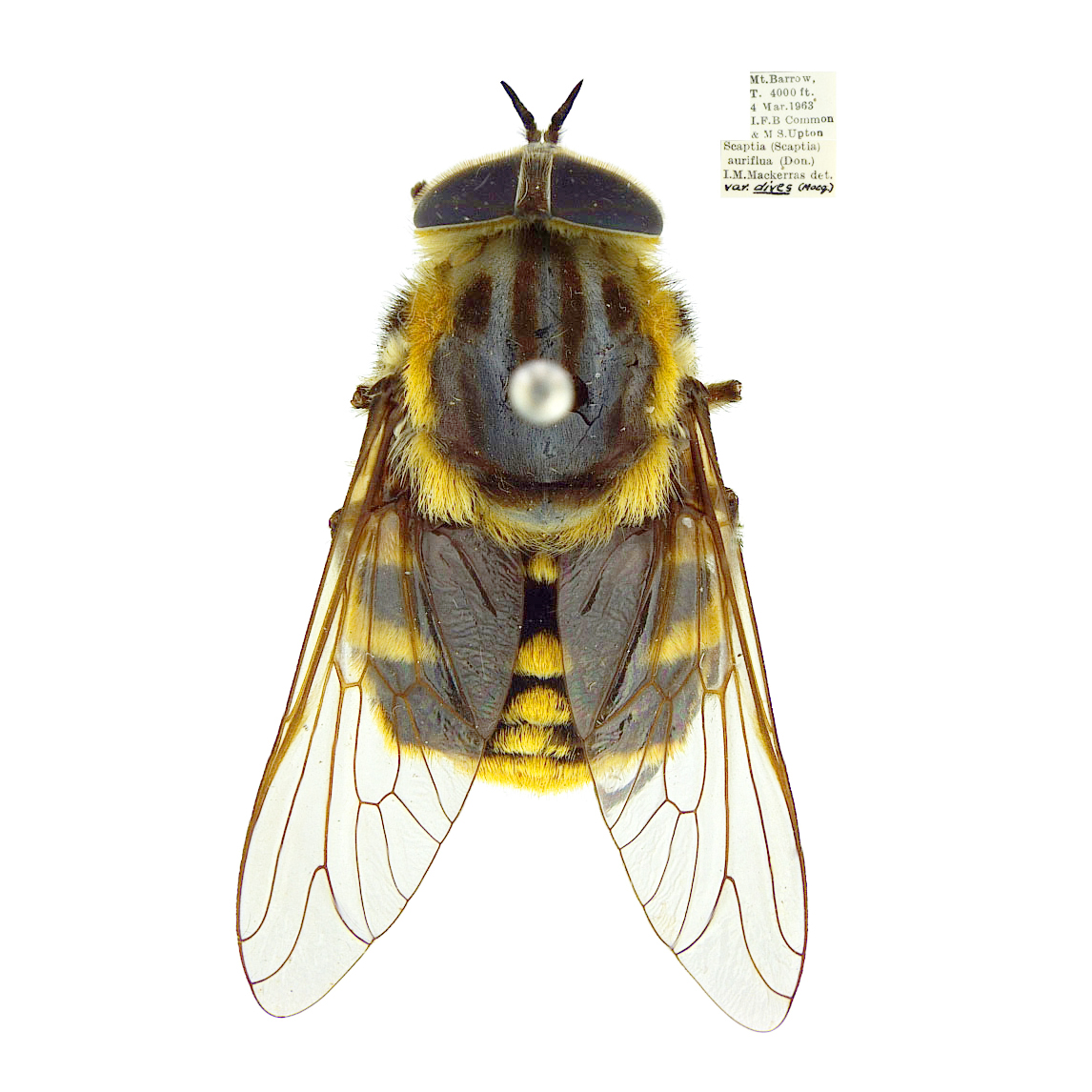AI to help name Australia’s anonymous flora and fauna
The CSIRO is planning to use artificial intelligence to identify and name its millions-strong collection of Australian animals and plants that will otherwise languish unrecognised for decades – even centuries.


Unsorted beetles at the CSIRO's Australian National Insect Collection in Canberra. Photo: supplied
Australia’s key scientific agency says it named 230 new species in the past year, but literally millions more items wait in its collections to be inspected.
CSIRO National Research Collections Australia entomologist Dr Bryan Lessard said only about 25 per cent of the nation’s estimated half a million unique species have been named so far.
Many species have already been collected, sometimes tagged with descriptions, and wait to be formally identified by an expert.
“We don’t have enough scientists to do it,” said Lessard.
“They sit in our Natural History Collections (in Canberra) waiting for someone with the knowledge of that group to identify them as new.”
He said that at the current rate it would take the CSIRO 350 years to name its 15 million specimens.
While some groups such as fish had been almost completely identified, that was not the case with insects.
“The number of unidentified specimens is considerably higher in our insect collection and insect collections throughout the world,” Lessard said.
Naming species was important because of their potential “enormous” value to Australia’s biodiversity.
“We are really in a rush to describe and formally identify these species so we can protect them before it’s too late,” Lessard said.
“If we named every single species out there we will know how to manage biodiversity better, and we’ll know how to protect our environment and we’ll be able to see which species can be used to help pollinate our crops, or which species might have the new medical breakthroughs.
“The potential for exploring our biodiversity is enormous and it’s important that we do this work.”

An identified Scaptia auriflua (horse fly) with data regarding where and when the specimen was collected. From the CSIRO’s Australian National Insect Collection in Canberra. Photo: supplied
“So many species do the jobs in the environment that we take for granted,” he said .
“Insects are important pollinators of our native plants – if we wanted to pollinate all our agricultural crops by hand it would cost billions of dollars and we simply couldn’t afford to pay people to do this for us when insects do it for free.”
To name a species, scientists must prove their specimen is different from others of its kind and publish their findings to be peer reviewed. The procedure can take over a year.
The CSIRO digitises collections so it can share research overseas, but is now testing artificial intelligence technologies to help identify the species faster.
Lessard said the technology was expected to be operating within a decade.
“We’ve got these images of these specimens so we’re then able to feed them into AI programs and trying to get some machine learning and identify them at a much quicker rate than humans can.”
He said animals and insects can no longer wait decades to be identified.
“These species are invisible to science unless we name them.”
Australia’s list of species is maintained under the Australian Faunal Directory.
Want to comment?
Send us an email, making it clear which story you’re commenting on and including your full name (required for publication) and phone number (only for verification purposes). Please put “Reader views” in the subject.
We’ll publish the best comments in a regular “Reader Views” post. Your comments can be brief, or we can accept up to 350 words, or thereabouts.




